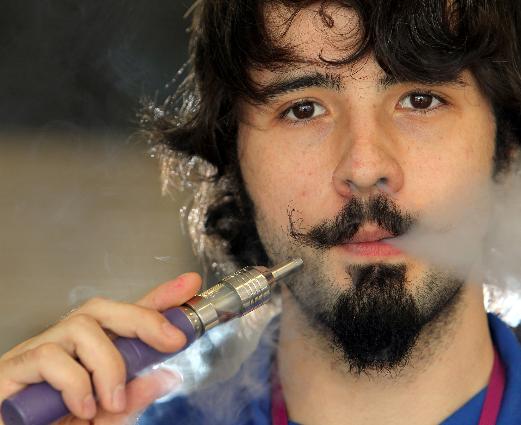Are E-Cigarettes a Boon, a Menace or Both?
By THE NY TIMES EDITORIAL BOARD
Rapidly growing numbers of consumers are turning to electronic cigarettes to satisfy their nicotine addiction without inhaling the carcinogens and toxic chemicals found in tobacco smoke. Buyers need to beware. Unlike nicotine gum and skin patches, electronic cigarettes have not been evaluated for safety or effectiveness.
Global sales of electronic cigarettes, although small compared with overall tobacco sales, have been rising quickly in both Europe and the United States. Several major tobacco companies have announced plans to introduce new or revamped e-cigarettes. And regulators for the European Union and Britain have released plans to regulate e-cigarettes more stringently, possibly starting in 2016.
Electronic cigarettes turn liquid nicotine into a vapor inhaled by the user. The liquid comes in dozens of flavors, mimicking everything from a standard cigarette to a piña colada or bubble gum. Smoking the devices is undeniably safer than inhaling tobacco smoke, a carcinogen, but there are some risks. Nicotine is extremely addictive, and very high doses can be dangerous. Toxic chemicals have been found in some devices, suggesting serious quality control problems at the factories.
Health officials also fear that flavored vapors coupled with advertising aimed at young people might induce them to start smoking and then move on to traditional cigarettes.
The Food and Drug Administration has two avenues for regulating e-cigarettes. If a manufacturer claims its device will help smokers quit smoking, the agency can demand proof that it is safe and effective for that purpose. However, if a manufacturer makes no such claim and leaves it to smokers to infer that the devices will help them kick the habit, courts have held that the F.D.A. must regulate under a different law that doesn’t require the same level of proof.
Even under that weaker standard, the agency has broad powers to protect public health. It could ban flavorings (like fruit or candy) that make products appeal to youngsters and even ban sales or marketing to buyers under 18. It could ensure that advertising is not deceptive and that factories follow good manufacturing practices.
The F.D.A. has been working since 2011 to draft new regulations to exert its authority over nontraditional tobacco products, potentially including electronic cigarettes. It needs to move as aggressively as possible to protect the public in this rapidly expanding market.



